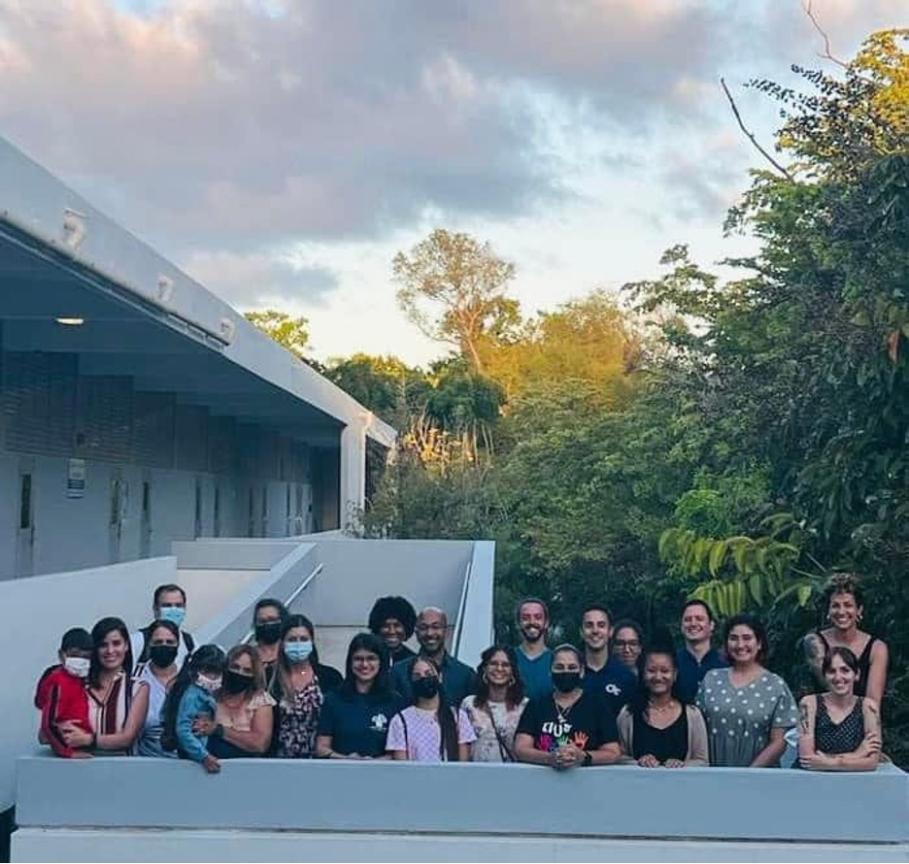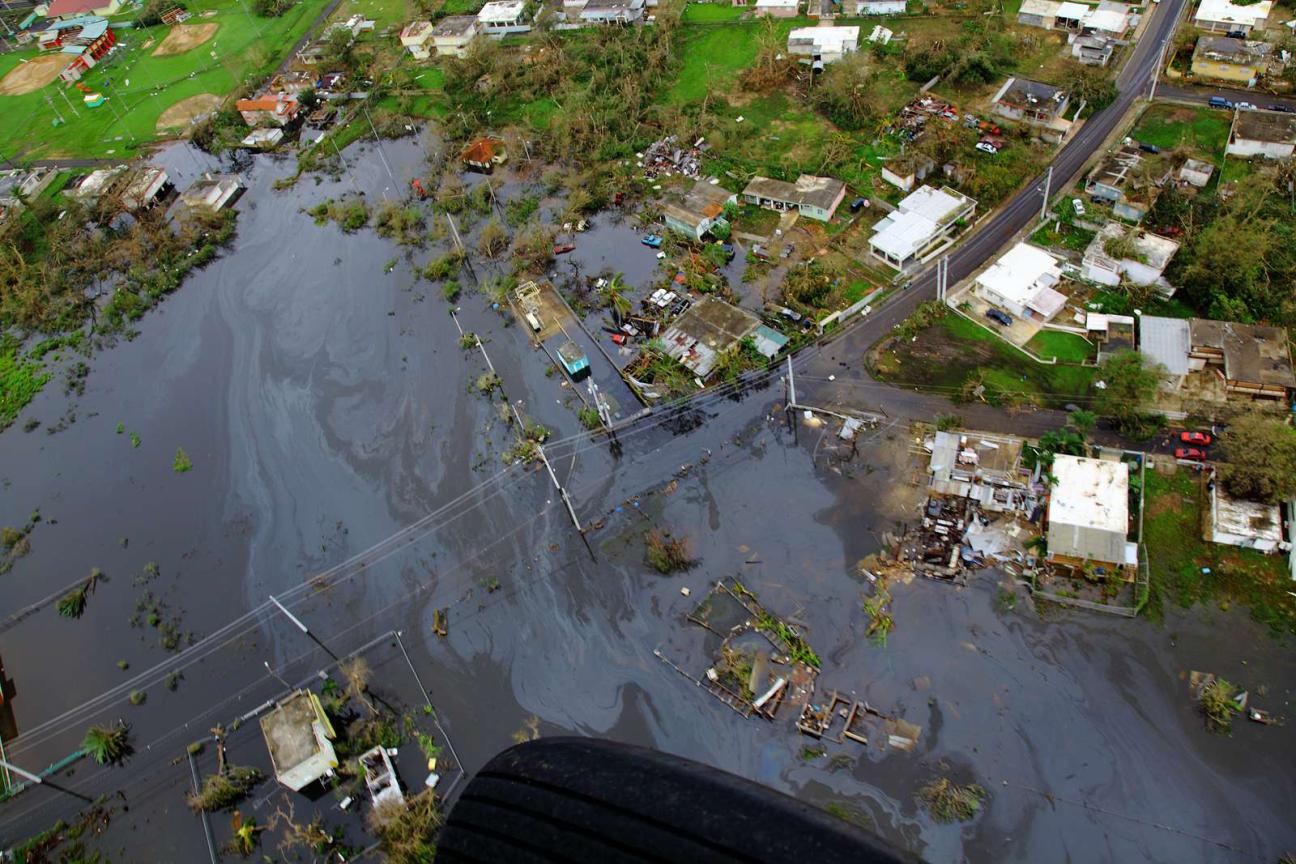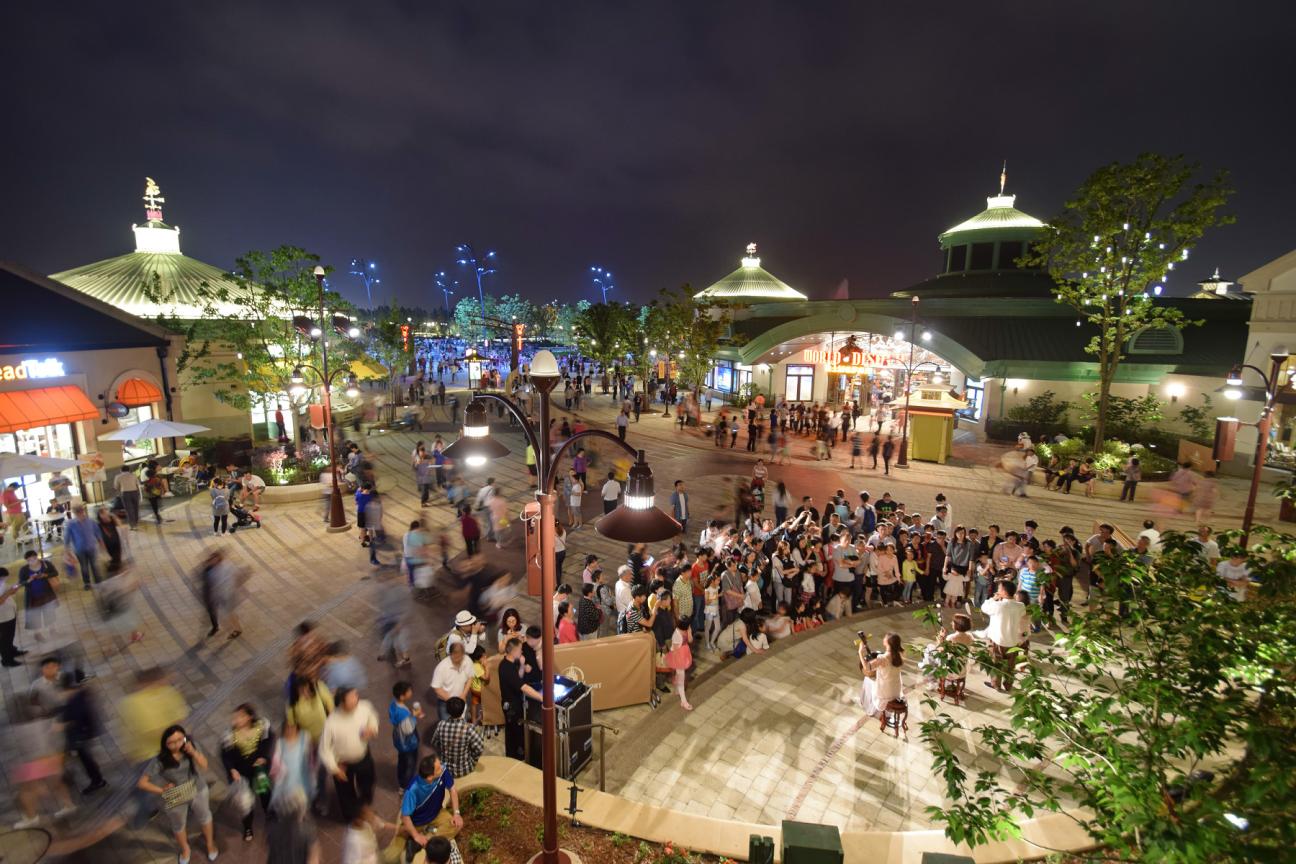
2021 Puerto Rico Planning Studio
Augmenting the Impact of Community Organizations
The Puerto Rico Planning Studio is a hands-on planning exercise allowing faculty and students in the School of City and Regional Planning, and collaborating schools and institutions in Puerto Rico, to develop common intellectual interests and explore collaborative teaching, learning, research, and policymaking opportunities, especially in the areas of local economic development, informal housing, youth empowerment, public transportation and service infrastructure. Based on a philosophy of community-based planning that centers community needs which are supported by external partners, the 2022 studio worked to leverage a planning skillset to bolster the organizational capacity of this year’s partner organization, Impacto Juventud. Building off the work of the 2019 and 2020 Georgia Tech studios in Puerto Rico, the 2022 studio recognizes that global studios can be mutually beneficial for students to broader their perspectives and for partners to increase access to additional resources. In the context of this studio, this was best accomplished by building the capacity of community organizations to support their outreach and activism. The studio’s sub-focuses included community asset mapping, renewable energy, and non-profit communications.

2020 International Urban Design Studio, Shinagawa
The Tokyo Smart City Studio in Spring 2020 investigated Shinagawa and its surroundings at the Tokyo Bay waterfront area in the context of new maglev high-speed rail station area development, one of the biggest urban development projects in the City of Tokyo of the next decade. The operation of the new high-speed maglev rail station in 2030 will make Shinagawa a 70-70 new gateway, 70 minutes from Tokyo to Osaka for a region with 70 million population. The new infrastructure will compress the concept of space and time and will change the inter-cities relation. Its future city vision will have a profound impact on the urban forms, functions, and experiences of the city. The project aims to develop a test bed of urban systems design to demonstrate how a smart community is designed, evaluated, and implemented in Japan by incorporating governmental agencies, stakeholders, and communities, with focuses on urban design and modeling, urban analytics of big data, Internet of Things (IoT), smart mobility and eco urban performance evaluation.

2019 Puerto Rico Disaster Mitigation and Recovery
This student-driven studio was a response to the widespread devastation left by two powerful hurricanes, Hurricane María and Hurricane Irma, that impacted Puerto Rico in 2017. Driven by their concern for Puerto Rico’s population, students with close ties to the island proposed a joint studio with the University of Puerto Rico’s Graduate School of Planning (EGP). Faculty at SCaRP and EGP ran parallel courses and an exchange program, which was awarded support from the APA Foundation Disaster Grant.

2019 Exploring the City of Varanasi’s Smart City Ambitions
The ancient city of Varanasi, India is one of the oldest and continuously inhabited cities in the world dating back thousands of years. The city is described as a place of temples and learning and is considered a cradle of Hindu faith. The city is home to an array of temples, shrines, and palaces along the banks of the river Ganges. It is also a commercial and industrial center famous for its silk fabrics, perfumes, ivory works, wooden toys, sculpture, and other handmade crafts. The Government of India’s “Smart Cities Mission” has initiated a massive $14 billion urban renewal and retrofitting program to develop 100 cities across the country, making them citizen friendly and sustainable in collaboration with candidate cities. Varanasi is one among them. The students worked in collaboration with researchers and Ph.D. students from the Indian Institute of Technology Kharagpur (IIT-KGP) and the Indian Institute of Technology Benaras Hindu University (IIT-BHU)

A Climate Action Plan for Chapala, Mexico
This studio was tasked to work on the issue of climate change. Climate change is the most significant challenge currently facing urban planners. To address the potential impacts of climate change, plans must be developed to reduce greenhouse gas (GHG) emissions, adapt the built environment to the new climate and ensure all citizens are treated equitably in the process. The contributors to global warming GHG and the potential impacts of climate change vary significantly between nations, states and localities. As a result, much of the climate change planning process is occurring at the local level. The Spring 2018 Chapala Studio has partnered with students and faculty at the University of Guadalajara (UdeG), Departamento de Proyectos Urbanísticos (Department of Urban Planning) to develop a climate plan for the city.

International Urban Design Studio 2016: Shanghai—Disney
During this studio, students assisted the Shen-D Corporation with the creation of evaluative tools and guidelines for integratively designing a near-net zero energy community just south of the forthcoming Disneyland theme park in Shanghai, China. The team consisted of urban planning, architecture, and environmental engineering students.